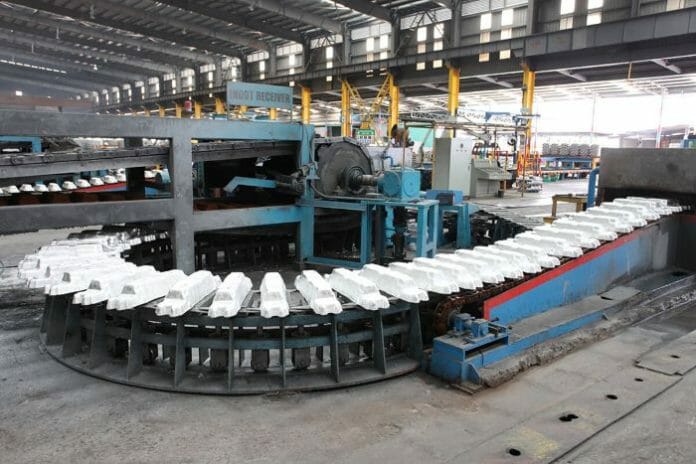Press Metal remains the top pick of RHB Equity Research (RHB) in the recent Malaysia Sector Update Report, being a proxy to low-carbon-producing aluminium smelters in the ASEAN region, and a beneficiary of the demand shift towards Asian smelters amidst the production disruptions in Europe.
“We came away from the Asia Metals Conference by the London Metal Exchange (LME) on 16 May, turning slightly cautious on the metals market ,especially aluminium, due to the structural changes in supply-demand dynamics,” said RHB.
While Western European smelters are unlikely to see a comeback in the near term due to volatility in aluminium prices, inconsistent power supply, and the strenuous process of restarting their plants, RHB perceives the shortfall from Europe will be insignificant due to the minimal contribution to global supply.
This should also be cushioned by the supply recovery from China. The southwest provinces of China such as Huizhou, Sichuan, and Guangzhou have resumed smelting activity while the Yunnan province is expected to restore smelting activity when the rainy season begins next month.
The expected capacity from China will likely lead to an aluminium surplus for 2024-2025. As the largest consumer and producer of aluminium, China’s industrial metals consumption remains subdued, with a month-on-month slowdown in construction activity further exacerbating concerns on the outlook for metal demand.
Average bulk cement ASPs softened by 5% month-on-month to RM371 per tonne in April. According to Malaysia’s Department of Statistics, cement production totalled 2.7 million tonnes in March, up marginally from 2.5 million tonnes in February, and above the pre-pandemic monthly average of 1.3 million tonnes.
“While we think the elevated cement average selling price (ASPs) are unlikely to sustain in the longer term, earnings of cement makers should be supported by robust sales volumes, underpinned by ongoing construction projects,” said RHB.
While the metals industry, particularly smelting and refinery, is a high energy intensive business, RHB sees the gradual use of green metals, owing to the increasing focus on the sustainability agenda globally.
In China, the transition towards carbon-neutral and power rationing will be the key focus for the nation to ensure uninterrupted supply. With the power rationing and decarbonisation agenda introduced by the government, Chinese aluminium smelters are moving to the Yunnan province for the availability of hydropower to reduce their carbon footprint.
Risks identified by RHB are the decline in LME aluminium prices, decelerating global economic growth, higher-than-expected raw material costs, lower-than-expected cement ASPs, and lower-than-expected cement production.
On another note, the global energy transition to clean energy infrastructure is metal intensive. EVs, batteries, solar photovoltaic systems, wind turbines, and hydrogen technologies require significantly more metals than their conventional alternatives to replace fossil fuel needs.
According to the Europe Metal Association, base metals such as aluminium, copper, zinc, and nickel are the fundamental and strategic drivers of the energy transition, in terms of volumes required and overall importance.
Global aluminium demand is expected to grow by 1-3% in the financial year 2023 to 2025 future, driven by gradual EV penetration and aluminium usage in all vehicles.
China’s demand growth is expected to surpass global demand, underpinned by government infrastructure spending and supportive measures for the property sector, as well as the “green push” from the transportation sector.
Across the globe, aluminium production picked up 9.6% month-on-month or 0.3% year-on-year in March after a seasonally low production month in February.
Western Europe production still failed to surpass its pre-pandemic peak of 292,000 megatonne due to the geopolitical tensions between Russia and Ukraine, high energy prices, as well as subdued demand.









